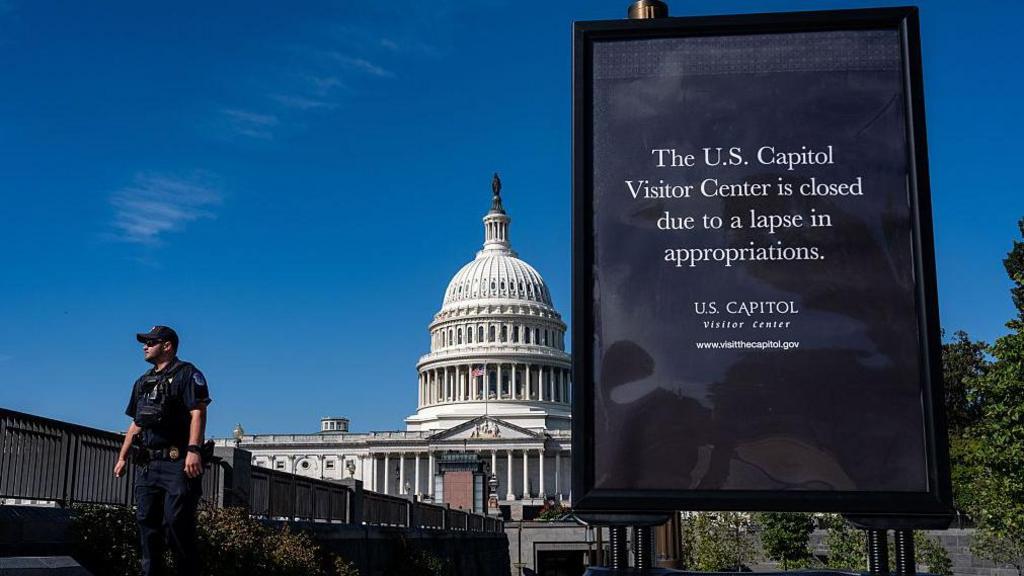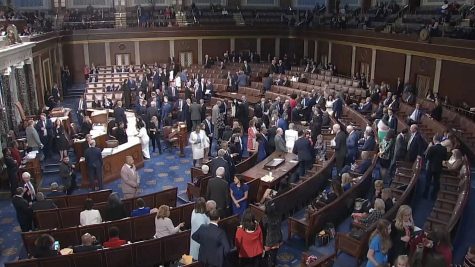
Carson Neuhausen | News Editor
October 4, 2025
At 12:00 A.M. on October 1, 2025, the federal government officially shut down after Congress failed to pass a new budget for the nation’s agencies. This “lapse in appropriations” is just one of many government shutdowns, but it comes at a time of extreme tension within the U.S., meaning it carries significant political implications.
The immediate cause of the shutdown was a disagreement between the Republicans in the House of Representatives and the Democrats in the Senate. House Republicans pressed for a bill that included significant spending cuts and policies intertwined with border security and domestic programs. Senate Democrats completely rejected those conditions and pushed an alternative funding plan that also failed to pass. Since neither side decided to cooperate with the other before September 30, the government ran out of money and shut down.

The consequences of this shutdown were immediately felt. “Non-essential” federal employees across the country were furloughed, while those who are deemed “essential” will continue to work without pay until Congress reaches some sort of compromise. Many services have been delayed or cut out entirely; service academy applicant and senior at SCHS Jack Blaney explained that his “medical clearance is getting delayed because of the shutdown” and that “it’s super annoying because my application relies on that clearance.” In addition to academic woes, the shutdown has delayed vital services, including small business loans and regulatory approvals. These services may seem insignificant, but if you’re a small business owner, sometimes you can’t wait a month to receive a loan. On a broader scale, economists warn that the lapse could be a serious issue for the U.S. economy. The White House released statistics estimating that each week the government is shut down, we lose $15 billion in potential economic activity. As previously mentioned, small businesses, federal contractors, and families that rely on government programs are incredibly vulnerable during this period.
Beyond the economics of the issue, the political implications of a new budget are very significant. The fight over spending has been intensified by disputes over foreign aid and domestic issues, particularly border disputes. Democrats argue that we must spend more money sending aid to countries such as Ukraine and Israel, while Republicans want to spend more money protecting our border. Due to this fundamental issue, both parties are using the shutdown to claim that the other is dysfunctional and irrational, which is only amplifying the already palpable polarization present in our Congress. Maddon Sorenson, a senior at SCHS, said that “I don’t know how it even gets to this point. I feel like a compromise wouldn’t be hard to reach. It’s almost like the parties don’t want to say that they agree on something together.”
Until Congress reaches an agreement, federal workers, their families, and businesses across the country will face uncertainty. The longer the shutdown lasts, the greater the social, political, and economic costs will be.

Leave a Reply